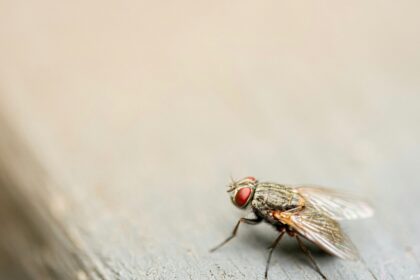A young woman in her late twenties endured years of infertility battling a surprising culprit: an allergy to her partner’s semen. This rare condition, known as seminal plasma hypersensitivity (SPH), is detailed in a recent medical case report.
After four years of trying to conceive naturally and two failed IVF cycles, her doctors were out of answers. The 29-year-old patient already had known allergies to mold, cat fur, and dust, and suspected they might be interfering with conception.
Blood and skin testing confirmed she had elevated eosinophils—immune cells associated with allergic reactions. She also tested positive for sensitivities to mite allergens, pollen, insects, dog dander, and specifically the Can f 5 protein, found in dog urine and dander, which has been linked to cross-reactions with human semen.
The woman reported experiencing nasal congestion and sneezing shortly after sexual intercourse. Medical tests using her partner’s semen verified a semen allergy—classified as a Type I hypersensitivity, similar to reactions triggered by peanuts or pet dander.
Symptoms of SPH range from vulval or vaginal burning, itching, swelling, and redness, to systemic reactions like hives, dizziness, shortness of breath, and in rare cases, anaphylaxis.
While SPH does not directly cause infertility, it can make conception extremely challenging. Standard suggestions like condoms are impractical for those trying to conceive. Other treatment options include antihistamines before intercourse, anti-inflammatories afterward, or desensitization therapy using diluted seminal plasma. For severe allergies, washed sperm (free of seminal plasma) may be used during IVF.
In this case, desensitization therapy was not available in Lithuania. The woman found antihistamines ineffective, and after three more years remained unable to conceive. Her symptoms had also worsened, adding eye irritation and vulval burning to her reaction profile.
Published in Frontiers in Medicine, this case underscores SPH’s rarity and impact. First documented in 1967 following a “violent allergic reaction” to sex, SPH was believed to affect fewer than 100 women worldwide for decades. However, a 1997 study found nearly 12% of postcoital reactions could qualify as SPH. Current estimates place its incidence at approximately 1 in every 40,000 people.
This case highlights how a hidden allergy can play a central role in unexplained infertility—stress-testing both medical awareness and treatment availability.











